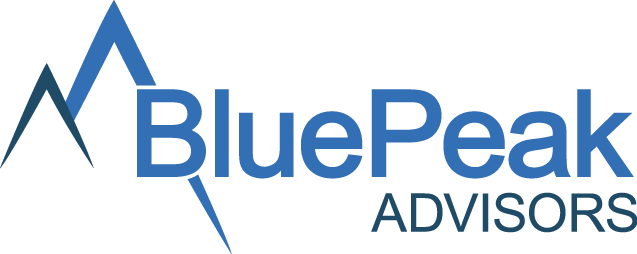As plans prepare their drug management programs (DMPs) for CY2021 and beyond, there are several opioid provisions that must be implemented if this proposed rule (CMS-4190-P) is finalized. Below is a checklist based on the proposed rule that plans can use to ensure that their drug management programs (DMPs) are compliant:
- Does the plan sponsor have the ability to identify and exempt beneficiaries with sickle cell disease from its DMP? This exemption should be added to the list of current beneficiary exemptions: being treated for active cancer-related pain, residing in an LTC facility, receiving hospice care or receiving palliative or end-of-life care.
- Is the plan prepared to incorporate beneficiaries with a history of opioid-related overdose into its DMP?
- Does the plan sponsor have the appropriate staff and educational materials to communicate with providers about the potential safety concerns associated with a member’s history of opioid-related overdose?
- Is the plan communicating and educating providers and beneficiaries on the coverage of naloxone and its availability through the plan?
- Is the plan utilizing the most up-to-date DMP model beneficiary notices?
- Has the plan updated its process and procedures to ensure timely auto-forwarding of redetermination cases in which the plan has affirmed its decision related to at-risk determinations?
In addition to the updates to DMPs, additional opioid provisions will also be implemented in CY2021. As another strategy to curb the inappropriate use of prescription opioids, plans must provide beneficiaries with information on the safe disposal of prescriptions drugs when furnishing an in-home health risk assessment. CMS expects that the verbal and written information provided to beneficiaries on the safe disposal of prescription drugs includes the following:
- Unused medications should be disposed of as soon as possible;
- The United States Drug Enforcement Administration (DEA) allows unused prescription medications to be mailed back to pharmacies or other authorized sites using packages made available at such pharmacies or other authorized sites;
- The preferred method of disposing of controlled substances is to bring them to a drug take back site;
- Identify drug take back sites that are within the enrollee’s MA plan service area or that are nearest to the enrollee’s residence;
- Instructions on the safe disposal of medications that can be discarded in the household trash or safely flushed down the toilet.
- Additionally, written communication should include a web link to the information available on the United States Department of Health and Human Services website identifying methods for the safe disposal of drugs available at the following address: https://www.hhs.gov/opioids/prevention/safely-dispose-drugs/index.html
In addition, plans must also educate beneficiaries about the risks of prolonged opioid use as well as the coverage of non-pharmacological therapies, devices and non-opioid medications under their plans or in the case of PDP sponsors under Medicare Parts A and B. This educational information can be provided either written or electronically, if the member has already consented to receiving plan information in electronic form. Plans will need to consider the following:
- Is the plan utilizing educational resources provided by CMS and the Centers for Disease Control (CDC)?
- What is the target population?
- Beneficiaries who have been prescribed an opioid in the previous 2-year period
- Any opioid in past year
- 7 days continuous opioid use
- Greater than 30 days continuous opioid use, 7 day or less gap
- Greater than 90 days continuous opioid use, 7 day or less gap
- Does the plan have the ability to provide this educational information in electronic form if necessary?
Plans should note that, at this time, the changes outlined above are only proposed and not yet final. CMS is accepting comments on the proposed rule through 5 p.m. ET on April 6, 2020. CMS will review comments and may adjust provisions of the proposed rule prior to issuing a final rule. Click here to link to 10 things plans should know about the proposed rule.
